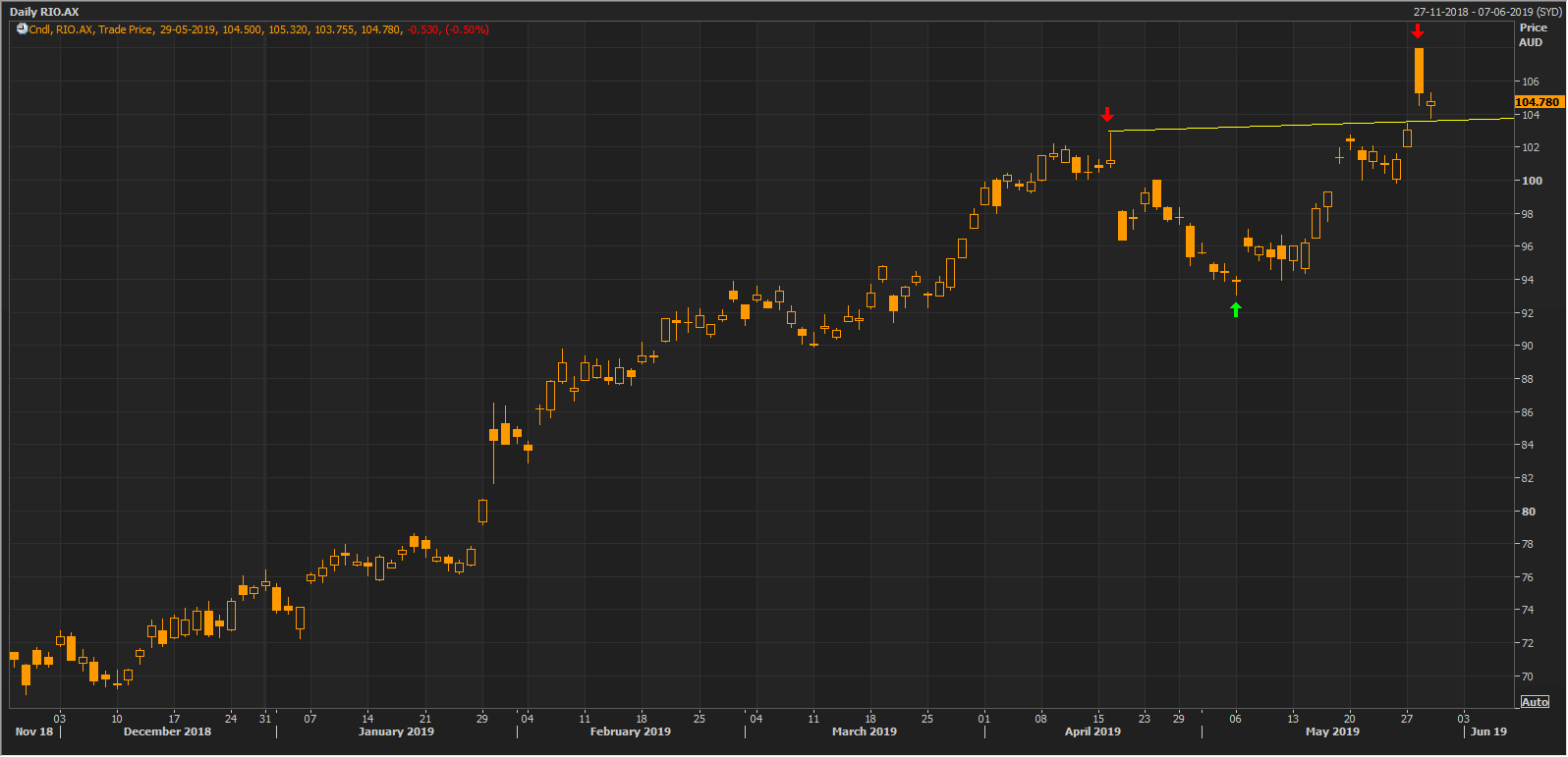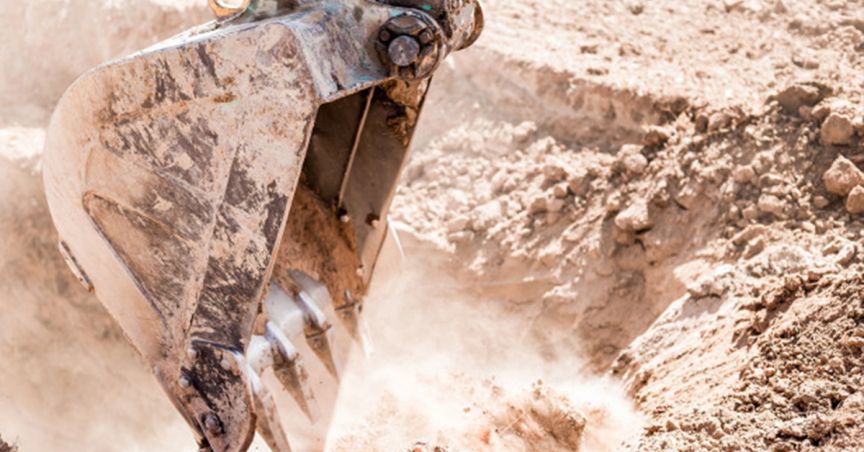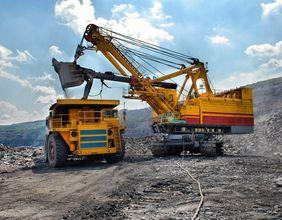Iron ore rally halted after a steep rise in prices on 28th May 2019. The prices in China marked a slight decline, with Dalian Commodity Exchange iron ore 62% graded index slipped slightly by 0.59% from its previous close, settling at RMB 756.50 (as on 28th May).
However, the shipment arrivals across the Chinese ports noticed a decline, which in turn, marked a decline for three consecutive weeks. As per the data, eighty-three vessels carrying 11.1 million metric tonnes of iron ore arrived across the significant ports in China from 19th to 25th May 2019. The arrivals were 865,000 metric tonnes lower as compared to the previous week.
The lower iron ore arrivals is estimated by the market participants to prevent the iron ore inventories across the Chinese ports from rising, which in turn, could further support the iron ore prices in the international market.
However, despite the combined lower arrivals from Australia and Brazil, the arrivals from Brazil rebounded from 19th to 25th May 2019, which could explain a slight correction in the iron ore prices yesterday.
As per the data, iron ore deliveries from Australian ports declined by 560,000 metric tonnes as compared to the arrivals of the previous corresponding period and stood at 14.26 million metric tonnes. Brazilian ports picked up substantially, and as per the market expectations, the deliveries from Brazil were expected to be at 6.02 million metric tonnes from 19th to 25th May, up by 1.27 million metric tonnes as compared to the previous corresponding period.
As iron ore miners enjoyed the leverage of high prices, a slight correction and an increased arrival expectation from Brazil exerted the pressure on the share prices of the Australian mammoth, Rio Tinto (ASX: RIO).
The shares of the company rallied amid high prices of iron ore in the global market from the level of A$69.240 (low in December 2018) to the level of A$102.830 (high in April), however, the news of Valeâs Brucutu mine re-entry in the supply chain jolted the share prices of the company, and prices dropped to the level of A$93.050 (Dayâs low on 6th May 2019).
 Rio Tinto Daily Chart (Source: Thomson Reuters)
Rio Tinto Daily Chart (Source: Thomson Reuters)
Further, the comments by Vale on the Barcelona summit made it clear to the market that the Brazilian supply would take some time to get to the normal level, and the prices again picked up.
The share prices of the company surged from the level of A$93.050 to the level of A$107.990 (Dayâs high on 28th May 2019), which in turn, marked a breach of its previous 52-week high on 27th May 2019).
However, a slight indication towards a recovery in Brazilian supply exerted pressure on the share prices of the company, and the shares dropped from the level of A$107.990 to the present level of A$104.530 (Dayâs closing on 29th May).
The shares of the company are still hovering around the level of its 52-week high, i.e., A$105, as the Australian supply chain is still lagging and marking a decline for quite some time in the international market.
Disclaimer
This website is a service of Kalkine Media Pty. Ltd. A.C.N. 629 651 672. The website has been prepared for informational purposes only and is not intended to be used as a complete source of information on any particular company. Kalkine Media does not in any way endorse or recommend individuals, products or services that may be discussed on this site. Our publications are NOT a solicitation or recommendation to buy, sell or hold. We are neither licensed nor qualified to provide investment advice.





